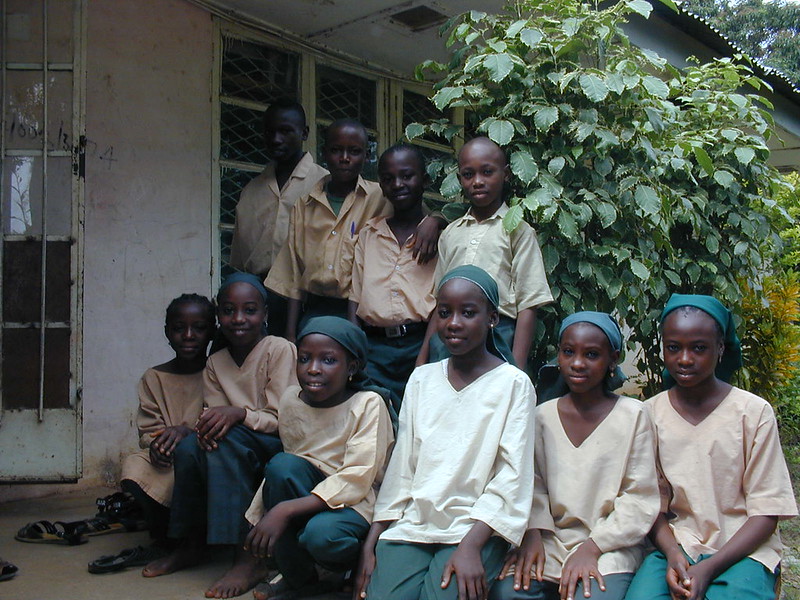The Impact of Feed the Future Program in Nigeria

Nigeria is a nation burdened with poverty and an unemployment rate of about 50% for Nigerians under 25-years old. It also relies heavily on agriculture in its economy as this employs about 75%of people in the country. The U.S. Feed the Future program began with the mission to help those in economic need meet their hunger needs on an international level. This article will discuss how the Feed the Future program in Nigeria is making an impact on the nation.
Feed the Future
Launched in 2010, Feed the Future is a U.S. government program aiming to combat global hunger and ensure food security, worldwide. The program focuses mainly on its partnerships with the nations it works in and innovative solutions to work towards its goal. The program is currently focusing its efforts in 12 nations. This ensures the organization can properly allocate the money to be as efficient as possible. Overall, between 2011 and 2018, the program has spent more than 3 billion dollars to fund its mission.
Feed the Future Program Impact in Nigeria
Nigeria is one of the few nations Feed the Future focuses its initiatives on. The program partners with Nigeria’s agricultural fund and supplies it with about 20 million dollars a year. These funds go towards improving Nigeria’s agricultural sector and proving economic help to create food security.
The Feed the Future program utilizes innovation to solve hunger. In 2018 alone, the organization had 38,000 people applying new practices to Nigeria’s agriculture sector. These innovations improved approximately 26,000 hectares of land throughout the same year. On top of these innovations, the program improves economic conditions by uplifting business development organizations in agribusiness. In this same vein, these efforts invest in Nigeria’s agricultural sector, directly.
As a result of the Feed the Future program, 79,000 children under the age of five received assistance regarding their nutrition needs in 2018. However, the Feed the Future program does more than just solve the problem; the organization creates a sustainable cycle to relieve the issue. For instance, in 2018, Feed the Future educated 236,000 individuals in nutritional, professional training to multiply the impact of relief.
Feed the Future in Nigeria: Outlook
The Feed the Future program’s success has been noticed as there is still a great amount of support for it. Thus, in 2018, the Global Food Security Reauthorization Act was signed to ensure the continuation of the program through 2023.
However, despite the success, there are still changes occurring with the program. For instance, the Center for Strategic & International Studies recommends that the future of the Feed the Future program should shift focus “to strengthen resilience across all zones of influence”. There is also a push for the program to make itself more sustainable. This is so that fragile areas will continue to show success in the program.
In the coming years, the Feed the Future program and its investments are expected to make major impacts in Nigeria. The Center for Strategic & International Studies anticipates the program to spend hundreds of millions of dollars in agricultural finance and investments. This funding will cause more innovation and more people to be food secure.
In the past decade, the Feed the Future program has become a major success that has drawn many people into a more stable future. The program’s future is secured until at least 2023 with recommended adjustments being taken into account to ensure the program’s efficiency.
– Erica Burns
Photo: Flickr
